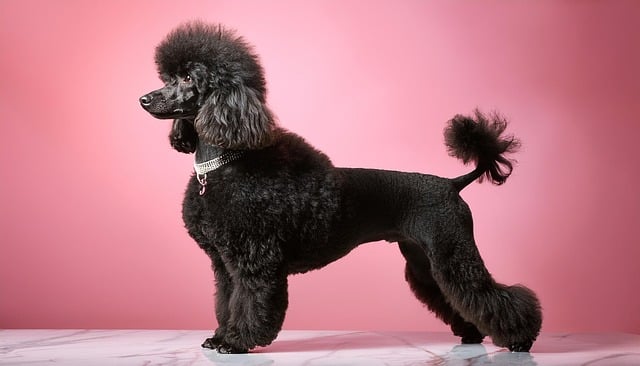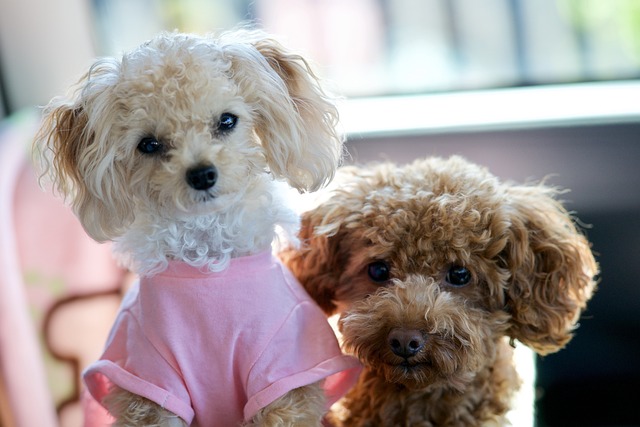
Can I treat parasitic infections in dogs at home
Imagine you’re in your New York City apartment, kneeling on the rug to play with your 8-month-old Beagle, Lola. She’s been nipping at her hind leg nonstop
Imagine you’re in your Seattle apartment, watching your 1-year-old Golden Retriever, Leo, curl up after a short walk—he ate his breakfast, chased his toy once, and seems fine. But a week later, when you take him for a “just-in-case” vet visit (you felt guilty skipping it), the vet finds a mild ear infection he’d been hiding. If you’re a new US dog owner, this moment makes you wonder: Are regular check-ups really necessary, or just extra stress? The answer is simple: Yes, they’re non-negotiable—not just for Leo’s health, but to stay on track with US pet rules and keep your home (and community) happy.
First, let’s break down why regular check-ups matter. Dogs are hardwired to hide pain—wild instincts make them avoid seeming weak, so by the time you notice limping or loss of appetite, a problem might have lingered for weeks. Check-ups let vets spot “invisible” clues: a vet in Austin once caught early dental tartar in my neighbor’s Corgi puppy—something she never saw, even though the pup had been chewing toys more gently. Age matters too: Puppies (up to 1 year) need check-ups every 3–4 weeks for vaccine boosters (their immune systems are still growing), adults (1–7 years) need yearly visits to catch weight gain (common in apartment dogs!) or thyroid issues, and seniors (8+) need twice-yearly checks for joint pain or organ health. It’s like your yearly physical—prevention is easier (and cheaper) than fixing a crisis.

So how do you make check-ups work for your routine? Start by picking a schedule that fits your dog’s age. For puppies, mark vet visits in your calendar every 3 weeks until 6 months—use these trips to ask about apartment-friendly tips, like how to potty train without punishment (reward Leo with freeze-dried chicken when he uses his pad!). For adults, book a yearly visit around their birthday—add a note to ask about exercise: since you live in an apartment, your vet might suggest two 15-minute walks a day instead of one long one to keep him active. For seniors, set reminders every 6 months—bring a list of small changes you’ve noticed, like “Leo sleeps more now.” Always bring a favorite toy or treat to the vet—rewarding calm behavior turns visits into positive experiences, not scary ones.
Now, let’s tie in US rules and culture you can’t ignore. First, vaccines: Regular check-ups ensure you don’t miss mandatory rabies shots—California requires puppies to get their first dose by 4 months old, and Texas fines up to $500 for unvaccinated dogs. Skipping shots also means you can’t take Leo to dog parks (many cities like Chicago ban unvaccinated pets). Second, community manners: Between check-ups, always clean up after Leo on walks—Boston fines $200 for uncollected waste, even if he seems healthy. And remember: US dog culture rejects punishment—never scold Leo for being nervous at the vet. Yelling or holding him down will make him fear future visits; a treat for sitting quietly builds trust instead.
At the end of the day, regular check-ups aren’t just about shots—they’re about knowing Leo’s “normal.” By making them a habit, you’ll catch small issues early, keep him happy, and stay compliant with US pet laws. It’s one of the simplest ways to be the owner he deserves.

Imagine you’re in your New York City apartment, kneeling on the rug to play with your 8-month-old Beagle, Lola. She’s been nipping at her hind leg nonstop

Imagine you’re in your Chicago apartment, settling in for a movie night with your 2-year-old Boston Terrier, Luna. She curls up on your lap

Imagine you’re in your Los Angeles apartment, making breakfast while your 1-year-old Corgi, Milo, circles your feet—usually, he’s begging for a scrap of toast

Imagine you’re in your New York City apartment, sitting on the couch with your 6-month-old Golden Retriever, Max. He’s been scratching his ear nonstop

Those reddish-brown streaks around your dog’s eyes aren’t just unsightly—they’re often a sign of constant tearing. Breeds like Shih Tzus and Pugs, with their big, round eyes, are especially prone to this, thanks to their facial structure trapping moisture

Watching your faithful companion grow older comes with a learning curve many pet owners aren't prepared for. While your intentions may be good